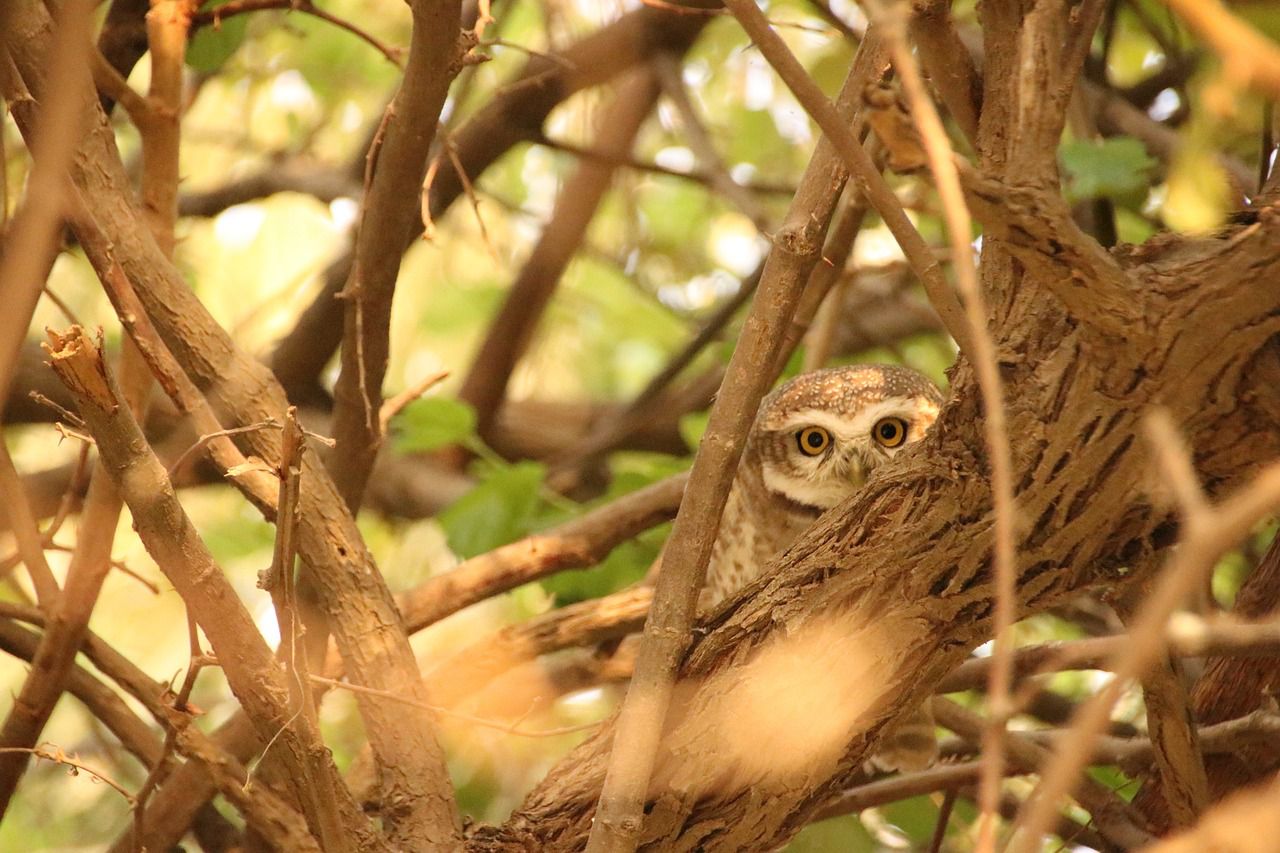From the chameleon's ability to change its color to match its surroundings, to the cryptic patterns on the wings of certain butterflies, animals have developed incredible strategies to blend seamlessly into their environments.
This phenomenon, known as animal camouflage, plays a crucial role in their survival.
Let's find out more about it.

The purpose
The primary purpose of animal camouflage is to help animals avoid detection by predators or prey.
By blending in with their surroundings, animals can effectively hide from potential threats or silently approach unsuspecting prey.
This adaptation allows them to increase their chances of survival and successfully hunt or avoid being hunted.
Foxes use it well
One remarkable example of animal camouflage is the arctic fox.
In winter, its fur turns white to match the snowy landscape, providing excellent camouflage against predators such as wolves and polar bears.
During the summer months, its fur changes to a brown or gray color to blend in with the tundra.
This adaptability allows the arctic fox to remain concealed year-round, giving it a significant advantage in its harsh habitat.
It can be even more complicated
Camouflage can also extend beyond visual appearance.
Some animals mimic the behavior or appearance of other organisms to deceive predators or potential prey.
For instance, the harmless scarlet king snake mimics the venomous coral snake, sharing similar colors and patterns.
This mimicry provides protection by fooling potential predators into believing it is dangerous.













